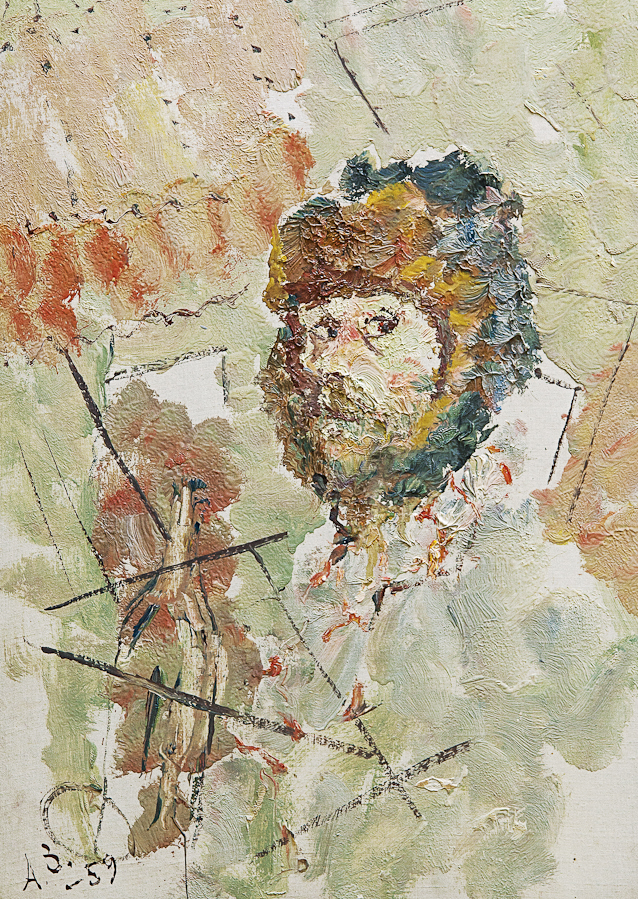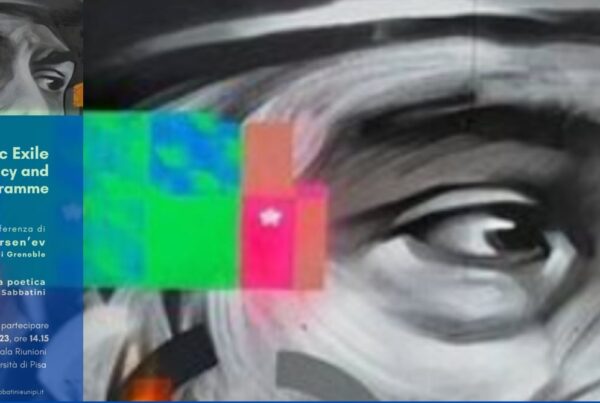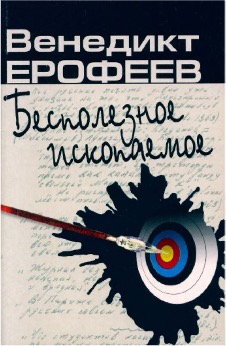
Anatolii Zverev. Source: https://snob.ru/.
Dates: mid-1950s-1965
Place: Moscow
Components: Evgenii Kropivnitskii, Genrikh Sapgir, Igor’ Kholin, Ian Satunovskii, Vsevolod Nekrasov, Valentina Kropivnitskaia, Oskar Rabin, Lidiia Masterkova, Anatolii Zverev and others
Editorial initiatives: publications by individual members in Sintaksis, 1, 1959 (Sapgir, Kholin and Nekrasov, the latter was not yet in the group at that time)
Description:
The Lianozovo Circle owes its name to an area, on the outskirts of Moscow (now part of the capital), where Oskar Rabin and Valentina Kropivnitskaia lived. The members of the group started meeting here from the second half of the 1950s.
The circle, however, had roots in the previous decade, when Genrikh Sapgir met Evgenii Kropivnitskii, a painter, poet and musician, and model for many Lianozovtsy because of his ascetic lifestyle and attention to the spiritual side of existence (cf. Vesnina: web). In 1963, he was expelled from the Union of Painters on charges of formalism.
The Lianozovo movement, influenced by Futurism (Burlyuk, Kruchenykh) and German Expressionism (Benn, Heym, Brecht), touching on conceptualism in poetry and sots-art in painting (cf. ibid.; Maurizio 2005: 74), focused on the concrete poetic word which was lost in the idealistic representations of reality erected by Socialist realism, attributing considerable weight to rhythmic components, central to non-conformist poetic experiences in years to come (cf. Maurizio 2005: 89).
The objective of these ‘concretists’ was to recover the univocity of the word, in keeping with poetic developments in Germany in the same years, although there were no direct links between writers of the two countries (cf. Caramitti 2010: 56-57). These poets use a dry language, demonstrating a search for naturalness of expression and a flight from patheticism, without neglecting a certain irony towards their work and the author himself.
As for other groups belonging to the ‘Second Culture’, such as the School of Philologists, literary creation could not be considered a means of earning a living: Sapgir, Kholin and Satunovskii, for example, all had other occupations, such as composing children’s literature.
Apart from Satunovskii, the Lianozovo poets were not particularly interested in social issues. However, this did not protect them from repercussions of various kinds: Sapgir, who later wrote for the almanac MetrOpol’ (1979), was refused membership of the Union of Writers (children’s literature section) in 1968 for having naively attempted to co-opt SMOGists for a commissioned ‘work with young people’; the painter Oskar Rabin, one of the organisers of the famous Bul’dozernaia vystavka (Bulldozer Exhibition) of 1974 was forced to emigrate three years later.
The Lianozovtsy represent one of the many examples in unofficial Soviet culture of a group of friends who collaborated successfully over time. The ties and confrontations between the pictorial and poetic components of the group (composed of Sapgir, Kholin, Nekrasov and Satunovskii) proved fruitful, even though it is not possible to speak of a specific programme or project (cf. Komaromi 2007: 330), especially for the artists, who differed profoundly in their visions of art (cf. Vesnina: web). On Sundays, the Rabin-Kropivnitskaia house was transformed into a meeting place open to colleagues, friends, and acquaintances, who exchanged opinions, recited verses and organised painting exhibitions (cf. ibid.).
Federico Iocca
[30th June 2021]
Translation by Marta Capossela
Bibliography
- Caramitti M., Letteratura russa contemporanea: La scrittura come resistenza, Laterza, Bari 2010.
- Komaromi A., Lianozovo School, in T. K. Smorodinskaya, T. Evans-Romaine, H. Goscilo (eds.), Encyclopaedia of contemporary Russian culture, Routledge, London 2007: 330.
- Maurizio M., I primi due cicli di G. Sapgir nel contesto del concretismo russo: la ricerca della parola pura tra assenza e assurdo, “eSamizdat”, 1, III (2005): 71-89.
- Vesnina B., Lianozovskaia shkola, http://www.ruthenia.ru/moskva/encycl/l/lian_sch.htm, online (last accessed: 30/06/2021).
To cite this article:
Federico Iocca, Lianozovo Circle, in Voci libere in URSS. Letteratura, pensiero, arti indipendenti in Unione Sovietica e gli echi in Occidente (1953-1991), a cura di C. Pieralli, M. Sabbatini, Firenze University Press, Firenze 2021-, <vocilibereurss.fupress.net>.
eISBN 978-88-5518-463-2
© 2021 Author(s)
Content license: CC BY 4.0




